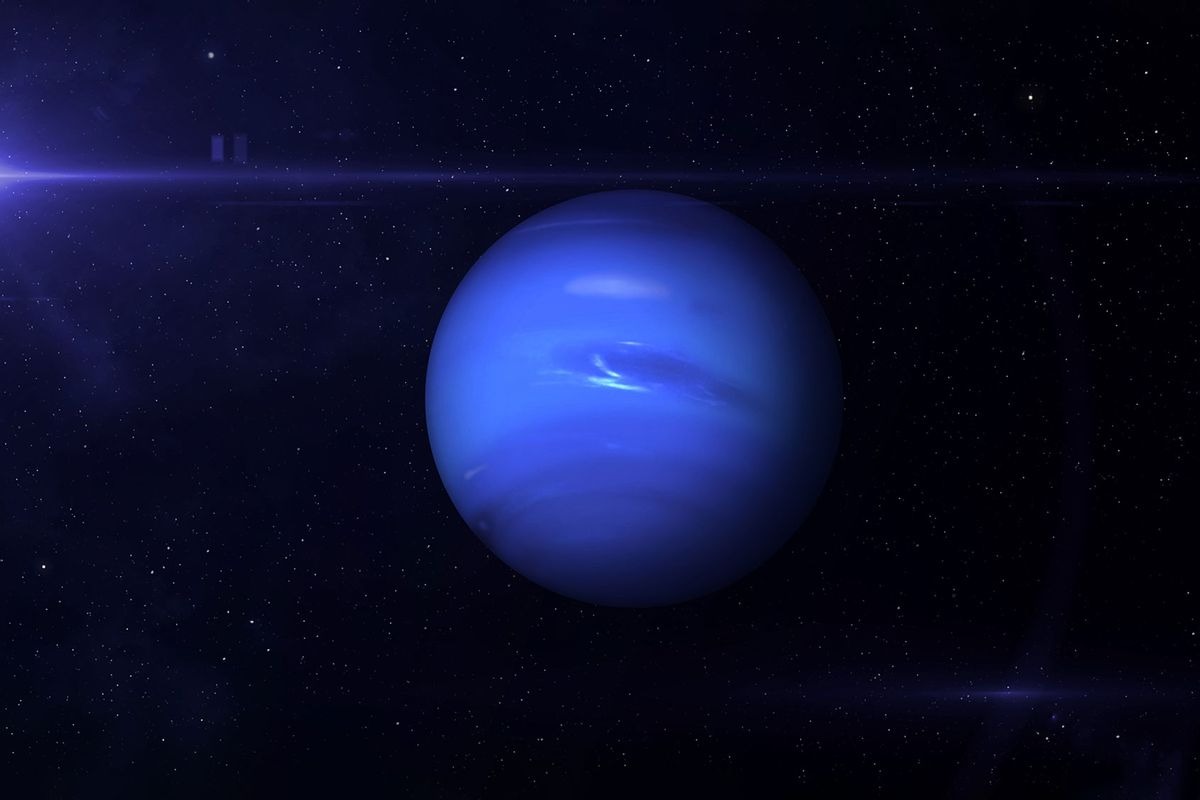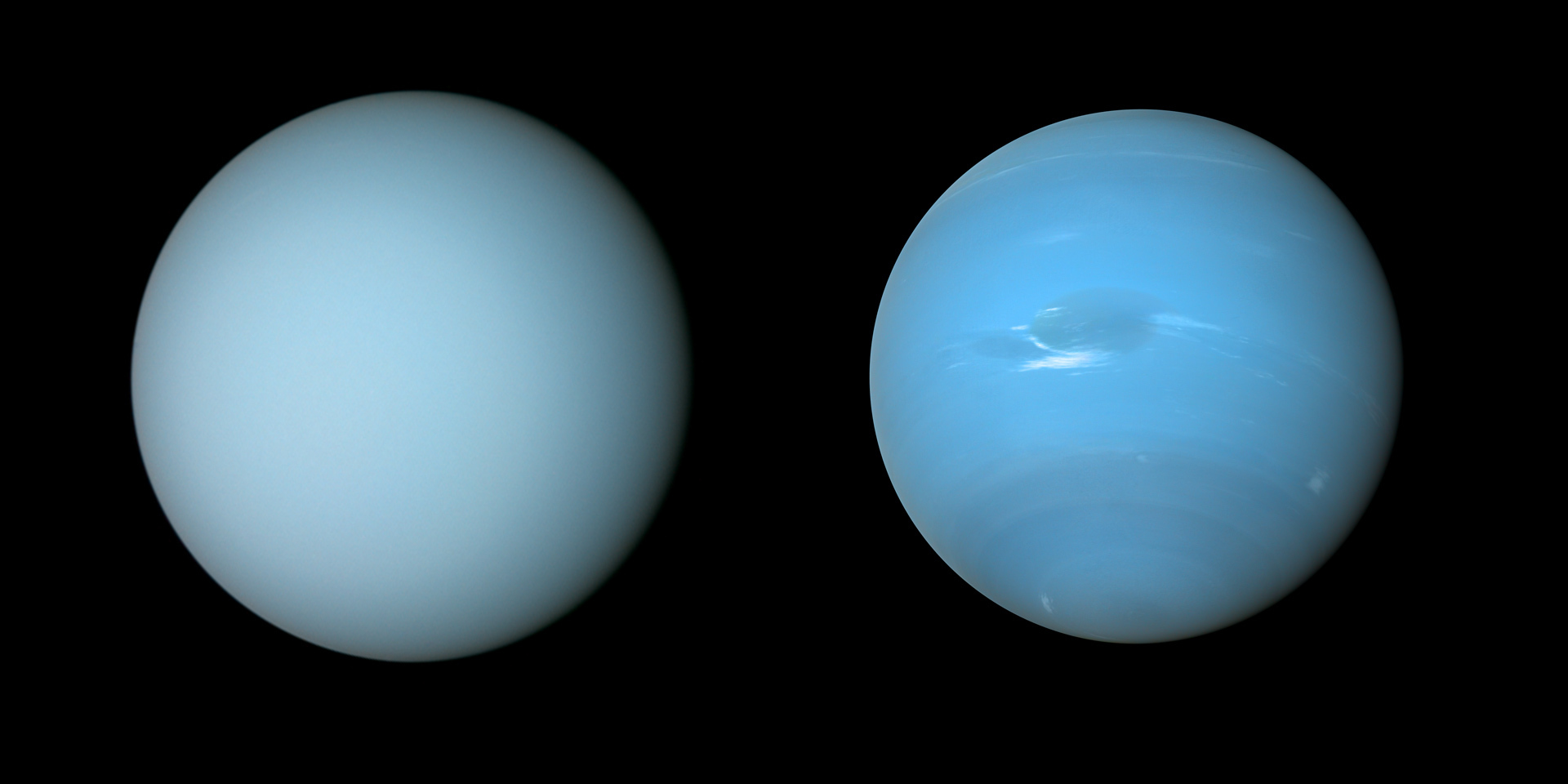Astronomers have long believed that the ice giants Uranus and Neptune are giant balls of ice. But a new study points to large amounts of methane in their cold icy depths.

New information about the composition of the ice giants is the key to solving the mystery of the origin of these cold planets. Astronomers know quite a bit about Uranus and Neptune, because they were explored by only one spacecraft, Voyager 2, more than three decades ago. Therefore, our knowledge of their composition remains variable.
To uncover this mystery, astronomers have created various models of the internal structure of the planets. Many of them assume a thin shell of hydrogen and helium, as well as layers of compressed water and ammonia. However, a new study indicates that methane may play a significant role in their structure.
The authors of the recent study claim that existing models ignore an important aspect of the formation of ice giants. They believe that when Uranus and Neptune formed, they absorbed planetesimals – objects resembling modern comets. These objects contain significant amounts of carbon, which contradicts previous ideas about the composition of these planets.

To solve this paradox, researchers have built hundreds of thousands of models of the internal structure of Uranus and Neptune. They took into account various chemical constituents such as iron, water and methane, the main component of natural gas. The results of the study show that models with methane most accurately reflect the real characteristics of the planets.
Methane plays a key role in the formation of the ice depths of Uranus and Neptune. It forms a thick layer between the water core and the gas shell of the planet. This methane was probably formed during reactions between hydrogen and carbon in planetesimals absorbed during planet formation.
Although these results have not yet gone through a full scientific review process, they open up new perspectives for understanding the formation of ice giants. To further explore the planets, it is planned to launch new space missions, including NASA missions aimed at studying Uranus and Neptune.
Earlier, we reported on how the New Horizons probe would explore Uranus and Neptune.
According to space.com
Follow us on Twitter to get the most interesting space news in time
https://twitter.com/ust_magazine


